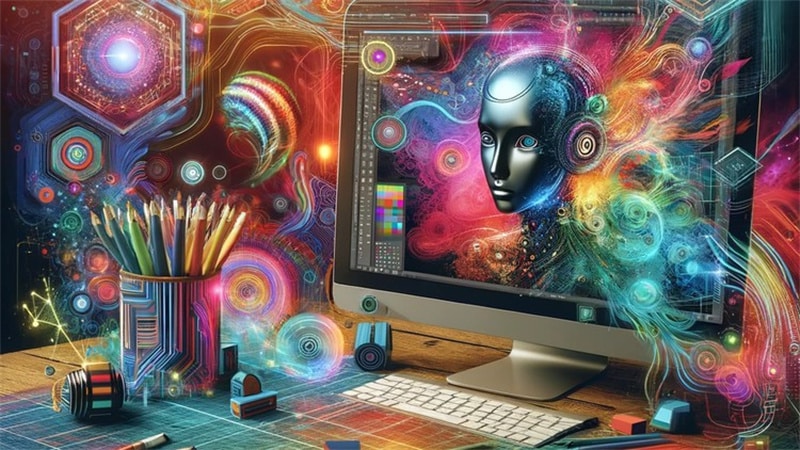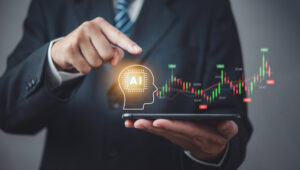In the rapidly evolving world of technology, AI continues to transform various industries. One area significantly impacted by this technological revolution is graphic design. However, with innovation comes a set of unique challenges. Understanding these challenges is crucial for digital creators who aim to harness AI’s potential in graphic design.

Understanding AI in Graphic Design
Artificial Intelligence, or AI, refers to the simulation of human intelligence in machines. In graphic design, AI assists in creating, modifying, and optimizing visual content. While it offers various advantages, such as increased efficiency and the ability to handle complex designs, it also presents certain challenges.
The Complexity of AI Algorithms
One of the primary challenges in AI graphic design is the complexity of AI algorithms. These algorithms require extensive data and sophisticated programming. Designers must understand how these algorithms work to utilize AI effectively in their projects. For more insights on how AI processes design inputs, you can visit this article.
Balancing Creativity and AI
AI can efficiently handle repetitive tasks, but it often struggles with creativity, a vital aspect of graphic design. Designers face the challenge of balancing AI’s capabilities with their creative instincts. To explore how AI can enhance artistic expression, consider reading this piece.
Data Privacy Concerns
AI relies heavily on data to function, raising significant challenges regarding data privacy. Designers must ensure that the data used in AI graphic design projects is secured and complies with privacy regulations. For more about AI and graphic design, check out OpenAI for Graphic Design.
Training AI for Diverse Design Needs
Another challenge is training AI to cater to diverse design needs. AI models often require specific training to understand different design styles and preferences, which can be resource-intensive. Learn more about AI plugins that facilitate this process at AI plugins.
Keeping Up with Rapid Technological Changes
The field of AI is constantly evolving, and keeping up with the latest trends and technologies poses a significant challenge. Designers must stay informed about new AI tools and techniques to remain competitive. For the latest AI tools in graphic design, visit this external link.
Cost Implications of AI Integration
Integrating AI into graphic design projects can be costly. The investment in AI technology, training, and maintenance can be prohibitive for small design firms. Designers must weigh the benefits against the costs to determine the feasibility of AI integration.
Overcoming AI’s Limitations
AI is powerful but not without limitations. It may not always understand the nuances of human emotion and cultural context, which are important in graphic design. Designers must be prepared to address these limitations creatively.
Ethical Considerations in AI Design
As AI becomes more prevalent in graphic design, ethical considerations become increasingly important. Designers must ensure that AI-generated designs do not perpetuate stereotypes or bias.
Future of AI in Graphic Design
The future of AI in graphic design is promising yet uncertain. While AI will continue to evolve and improve, designers must remain adaptable and open to change to maximize its potential.
Conclusion
The challenges in AI graphic design are numerous, but they are not insurmountable. By understanding these challenges and staying informed about advancements in AI technology, designers can effectively integrate AI into their workflows, enhancing creativity and efficiency.

FAQs
What are the main challenges in AI graphic design?
The main challenges include algorithm complexity, balancing creativity with AI capabilities, data privacy, and keeping up with technological changes.
How can AI be used effectively in graphic design?
AI can be used for repetitive tasks, enhancing design efficiency, and providing new creative possibilities, but it requires a balance with human creativity.
What is the future of AI in graphic design?
The future is promising but requires designers to stay adaptable and informed about technological advancements to fully harness AI’s potential.







